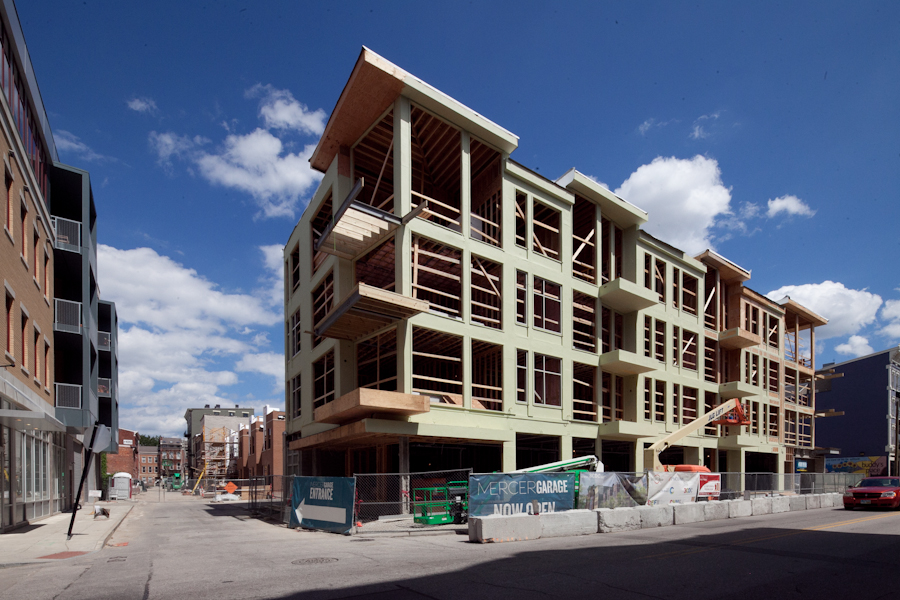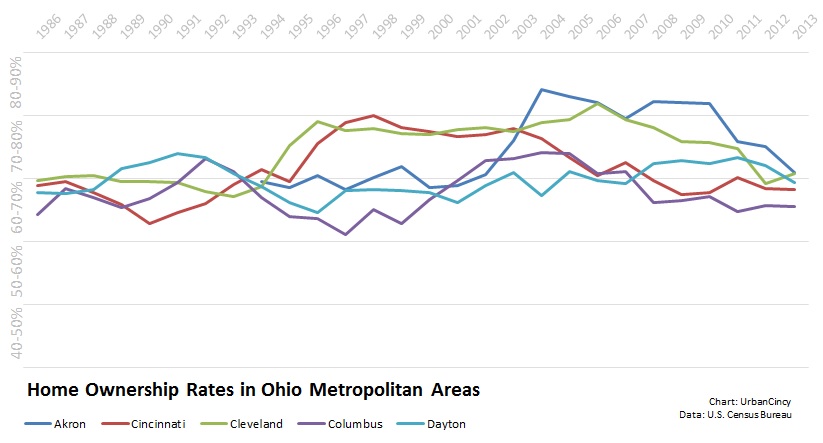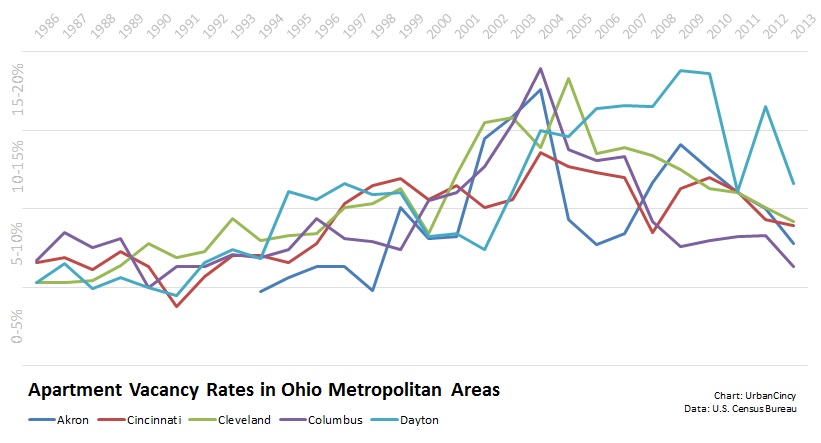A surge of new home construction rang in the new millennium just over a decade ago, but that surge quickly ended when the now infamous housing bubble burst, subsequently leading to the Great Recession.
In recent years the economy has begun to rebound, but the housing market still has not quite come back. In particular, the home ownership housing market has not come back.
This had led to a new surge of housing construction as developers work to build product for a still growing U.S. population. Cities have seen much of this new apartment construction as the rebounding economy has coincided with the entrance of Millennials into the housing market.
The narrative has been that rentals are surging while home ownership is sagging, but according to newly released data from the U.S. Census Bureau, this common narrative is only partly true.
In Ohio’s five largest metropolitan regions the data shows that home ownership rates have settled out around the same levels they were at nearly two decades ago. And while apartment vacancy rates have been plummeting in recent years, they are still higher than they were in the 1980s and 1990s.
Akron and Cleveland are virtually tied for the highest home ownership rates in Ohio at 66%, but this is down from their respective peaks of 80% and 77% around the height of the housing bubble. At 61%, Columbus scores the lowest of Ohio’s five biggest metropolitan regions in terms of home ownership.
Columbus boasts the state’s lowest apartment vacancy rate at 6%, which is approaching the capital city’s all-time lowest apartment vacancy rate of 5% in 1990. The Dayton region has the highest apartment vacancy rate in the state, with its apartments sitting empty nearly twice as much as those in Columbus.
Both when it comes to home ownership and apartment vacancy rate, Cincinnati seems to serve as the state’s trend line. For the year ending 2013, the Queen City had a home ownership rate of 63% and an apartment vacancy rate of 9%.
While the aforementioned data seems to cloud the discussion about housing market trends, additional data also shows that overall inventory and prices of owner-occupied units is decreasing, while inventory and pricing of rental units is increasing.
Locally, Cincinnati is in the midst of an apartment building boom, with thousands of units across the region currently under construction. While home permits have increased recently, those numbers pale in comparison.


